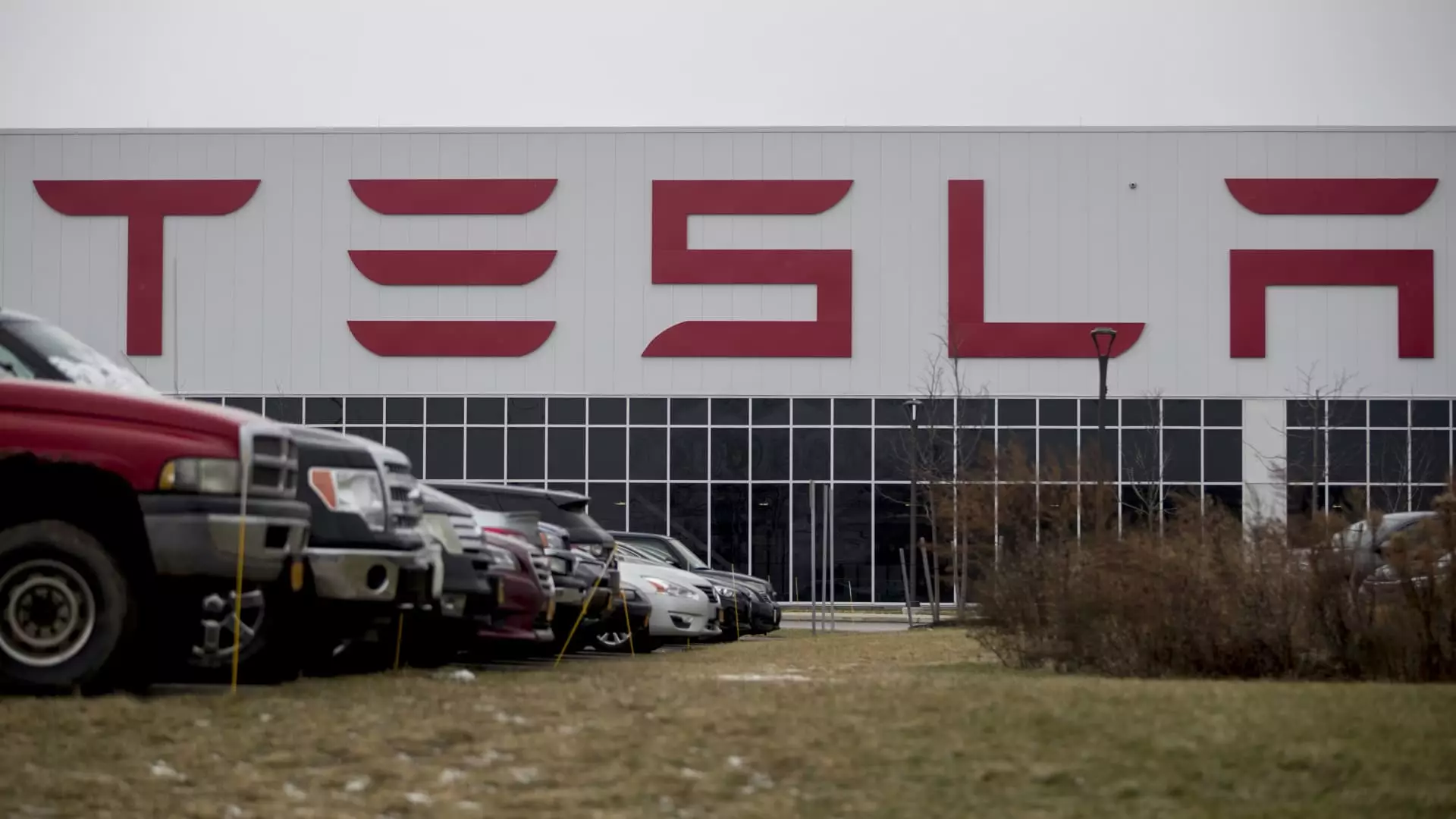Recently, Tesla made the decision to lay off 285 employees in the state of New York as part of a broader restructuring effort. Most of these employees were based at the company’s Buffalo factory, with a few others working at a store and service center in the area. This move comes after Tesla CEO Elon Musk announced that the company would be cutting over 10% of its global workforce in a company-wide memo. The layoffs in Buffalo represent a 14% reduction in headcount at that location, signaling a significant shift within the company.
In 2017, Tesla acquired solar installer SolarCity in a $2.6 billion deal, taking over the Buffalo factory in the process. This acquisition was met with criticism, as SolarCity was seen as a struggling solar business with close ties to Musk and the Tesla board. Musk, along with his cousins, Lyndon and Peter Rive, had founded SolarCity and served on its board. To add to the complications, Musk’s other venture, SpaceX, had invested in SolarCity bonds, putting their investment at risk if the company had gone bankrupt. Additionally, New York State taxpayers had invested around $1 billion in building the Buffalo factory, with hopes of creating high-tech jobs in the region.
Despite initial plans to manufacture solar panels at the Buffalo factory, Tesla’s efforts to grow its solar business have faced challenges over the years. Solar deployments by Tesla declined to 223 megawatts in 2023, marking a 36% decrease from the previous year. This decline represents the lowest level of solar deployments since 2020 for the company. Instead of focusing on solar panel manufacturing, Tesla has shifted its focus to assembling Supercharger equipment at the Buffalo factory. The company has also relocated part of its Autopilot data labeling team to this location and announced plans to produce supercomputer hardware there.
Tesla’s Future Strategy and Focus
Recent reports suggest that Tesla is shifting its efforts towards robotaxi technology, while potentially scrapping plans to produce a more affordable electric vehicle. In a social media post, Musk expressed his commitment to pushing for autonomy, showcasing a potential shift in the company’s priorities. It remains unclear whether Tesla will continue to follow its 2023 “master plan,” which outlined a path towards a sustainable global energy economy through electrification and renewable energy solutions. Shareholders can expect more insights into Tesla’s restructuring and future strategy during the upcoming first-quarter results discussion scheduled for April 23rd.


Leave a Reply
You must be logged in to post a comment.